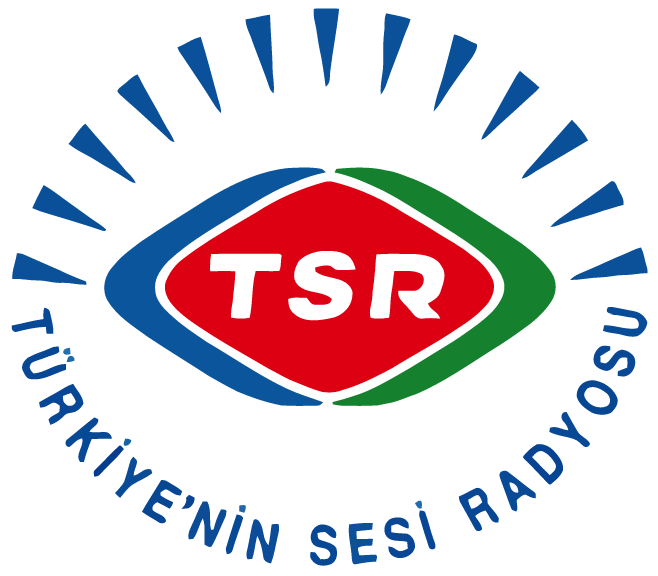Sydney To Hobart Yacht Race HF Recording: December 28, 1998
/Many thanks to SRAA contributor, Neil Howard, for sharing the following recording and notes:
The Sydney to Hobart Yacht race of 1998 was tragic as huge seas & storms decimated the fleet, leaving 6 people dead and 5 boats sunk.
HOW this was obtained
This recording of the SSB HF transmissions from 1998 was recorded by me from Queensland, using a newfangled unattended recoding program on the PC and a very ordinary Sangean ATS-803a receiver using a random long wire Antenna - from memory this was on the 8 Mhz Marine band, and is the co-ordination of the search and rescue from the 28th Dec 1998 and covers from around 8:30PM till 10PM - The automated recorded stopped recording when the signal noise dropped below a certain level and thus some was lost.
The recording goes for 30 mins, as that was the limit that was set to save disk space, but there is a lot of empty noise.
I present this recording as it was recorded, warts and all for your education *** I dedicate this to those lost at sea ****
HIGHLIGHTS
(Times are approximate)
4:11 "Rescue 253" 9A helicopter) locates a life-raft
6:00 "Air force Sydney" is looking for a position of a yacht " Solo Global Challenge"
6:50 "RCC Canberra" (Who is co-ordinating) has a "hot mic" and is explaining the situation to someone locally
8:35 "Rescue 253" has sighted 2 POB on the life-raft - RTC wants to know if they are from "Winston Churchill"
9:39 Another "hot mic" in Canberra
11:56 "Tiger75" (A Navy Helicopter, I think) has the survivors on board, but still awaiting info on who they are
13:04 13:44 confirmation that there are 2 survivors of the "Winston Churchill" from the life raft, but the tragic news that 3 others had "rolled out" of the raft and are lost (Historical note- these three were listed as drowned)
14:46 Discussion about where the survivors are to be taken by Tiger 75
15:20 Info of the survivors is passed though, along with the news that the life raft they were "in" had no bottom.
16:33 Rescue 253 Says it has heard a beacon & is proceeding to the location
20:00 Another aircraft has gone to the search site from Merimbula (A town in New South Wales)
25:38 Rescue 253 updates beacon location
26;30 Rescue 253 Locates a boat at the beacon site that has been dis-masted & is in serious trouble.

















